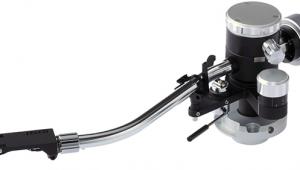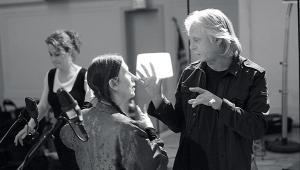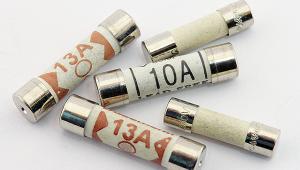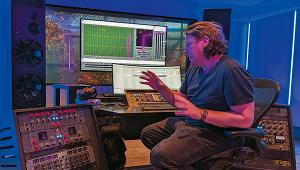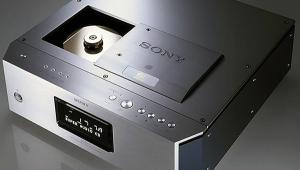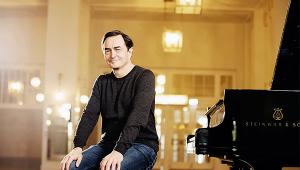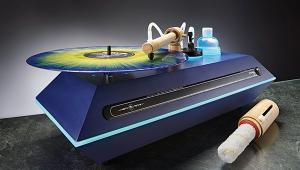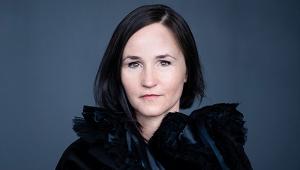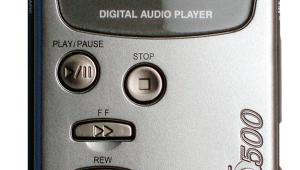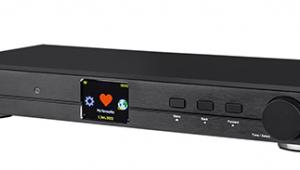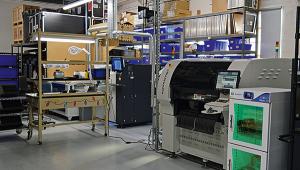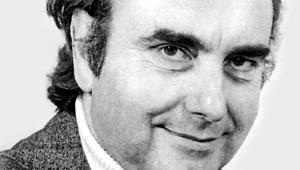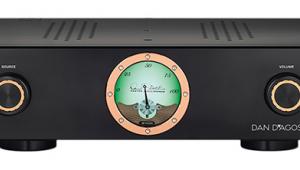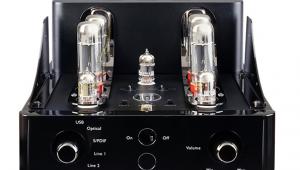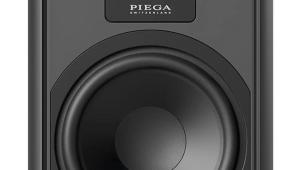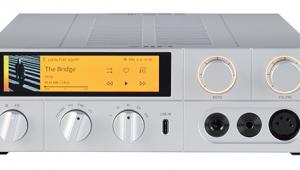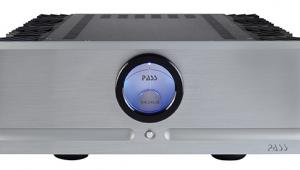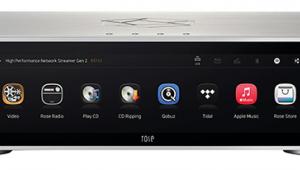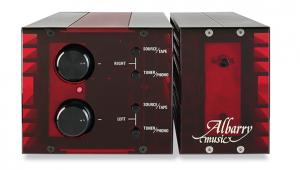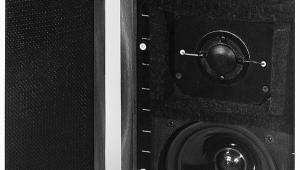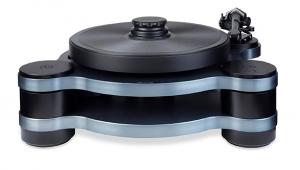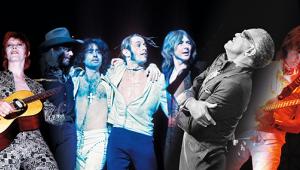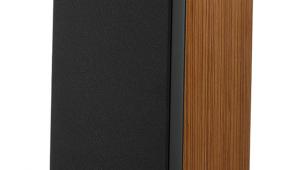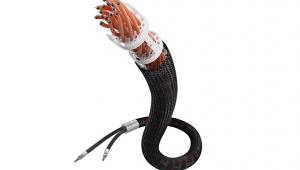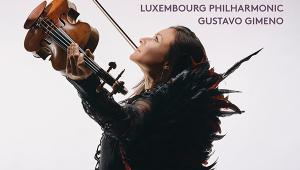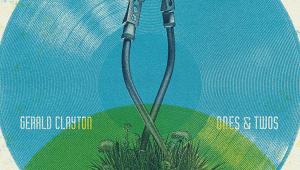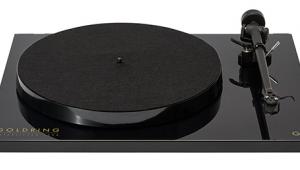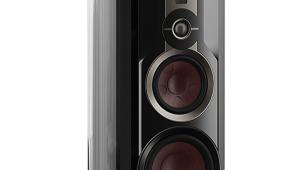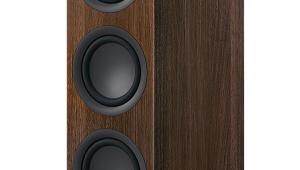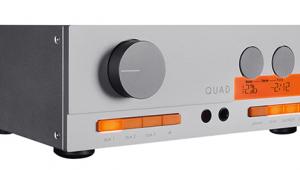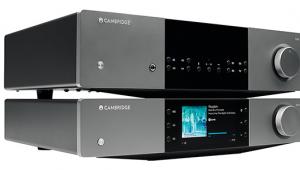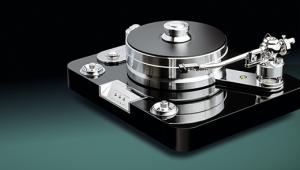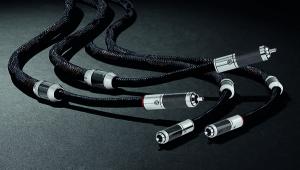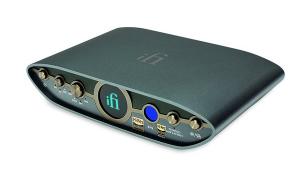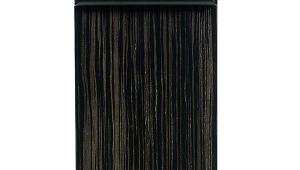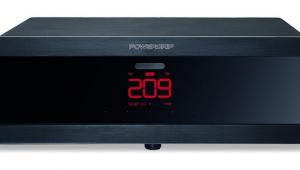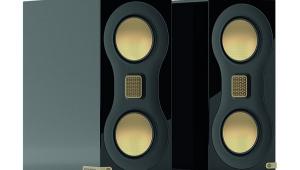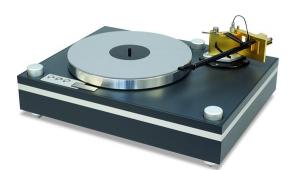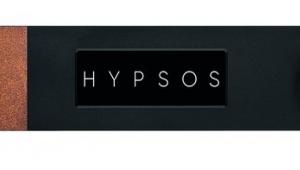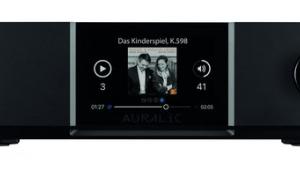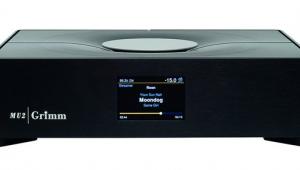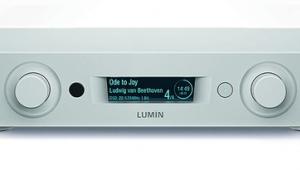Classic speakers compared
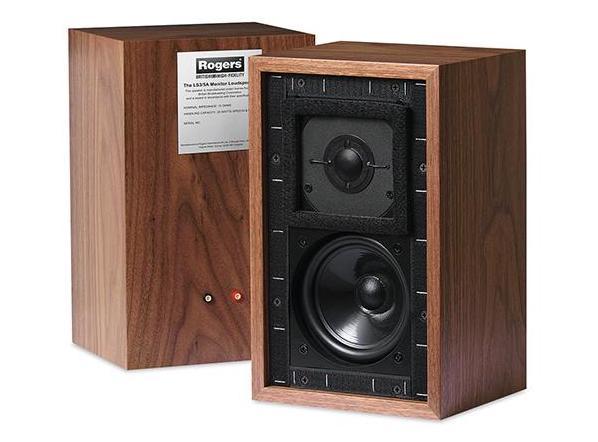
I enjoyed reading the review of the new Quad 33/303 amps in HFN Jan ’25, and it prompted me to do something I’d been tempted to do since the new amps were announced. So I’m now the happy owner of a new Quad 303 – despite also still having an original example with a strange history! My ancient one was originally not bought for a hi-fi system. It was chosen to drive the ‘Modulation Coils’ of an Electron Spin Resonance system at the university where I worked for many years, as back then I was using an Armstrong Audio 700 pre/power combination to drive my Quad ESL loudspeakers. Following the release of the new 303 amp, however, I decided that it was time to get up-to-date and buy a new model. As I’d expected, it drives the ESLs nicely and delivers superb results in the system I use.
When two become one
My set-up is odd in another way, though. The two ESLs are different models/versions of the original ESL63 design. Yet the arrangement still offers excellent stereo imaging. The reason for this is probably that although various aspects of the internal electronics of the Quad ESL have developed over the decades, the basic speaker geometry remains essentially the same. It is what antenna engineers call a ‘phased array’, where an approximation to a set of areas arranged in concentric rings is driven with delayed/attenuated versions of the input power. The result is a well defined sound radiation pattern that avoids effects like the abrupt change in ‘driver size and location’ of a conventional loudspeaker. In Quad’s ESL, the radiated audio is smoothly directed out in a beam which gradually gets narrower as you shift to higher frequencies – eliminating the sudden shifts in dispersion more typically seen with traditional loudspeakers. A potential snag here is that the narrowing of the high-frequency ‘beam’ results in a ‘sweet spot’ that is quite small. The obvious advantage is that if you can sit in that sweet spot – on axis for both speakers and equally distant from them both – you can get superb stereo imaging! Another, lesser known, benefit is that the phase coherence for the audio in the sweet spot is also excellent, and comes with a high direct/reflected sound ratio. It was from my own research work on antenna patterns, etc, at the university many years ago that I realised this was also an advantage of Quad’s ESL design.
Point source
Developing and making speakers like this is a challenging and expensive process. But then that’s often a recurring theme when it comes to the pursuit of best-quality sound. Another ‘issue’ is that ESLs can potentially be very fragile and can slowly degrade as time passes. My own preference for ‘dynamic’ loudspeakers (ie, ones with conventional drive units in a box) is the BBC LS3/5A design. Here, the fact that both drivers and box are small tends to mean that it acts like a ‘point source’ over a wider range of frequencies than most bigger conventional designs. This means the best speaker and listening positions in a given room may be a challenge to find, but can also give remarkable results if you can get things right. As a result, LS3/5As can work nicely in rooms that are too small for ESLs, although neither design is likely to be favoured if the user’s taste is for high-energy rock music, played loud, in a big room. They aren’t built to deliver that.
A matter of taste
None of the above discussion should overrule personal preferences in what each of us likes to listen to, where, and at what sound level. My preferences probably show that I tend to play a lot of the kind of music which suits the ESLs and LS3/5As! So: what does your choice of loudspeaker reveal about you?
